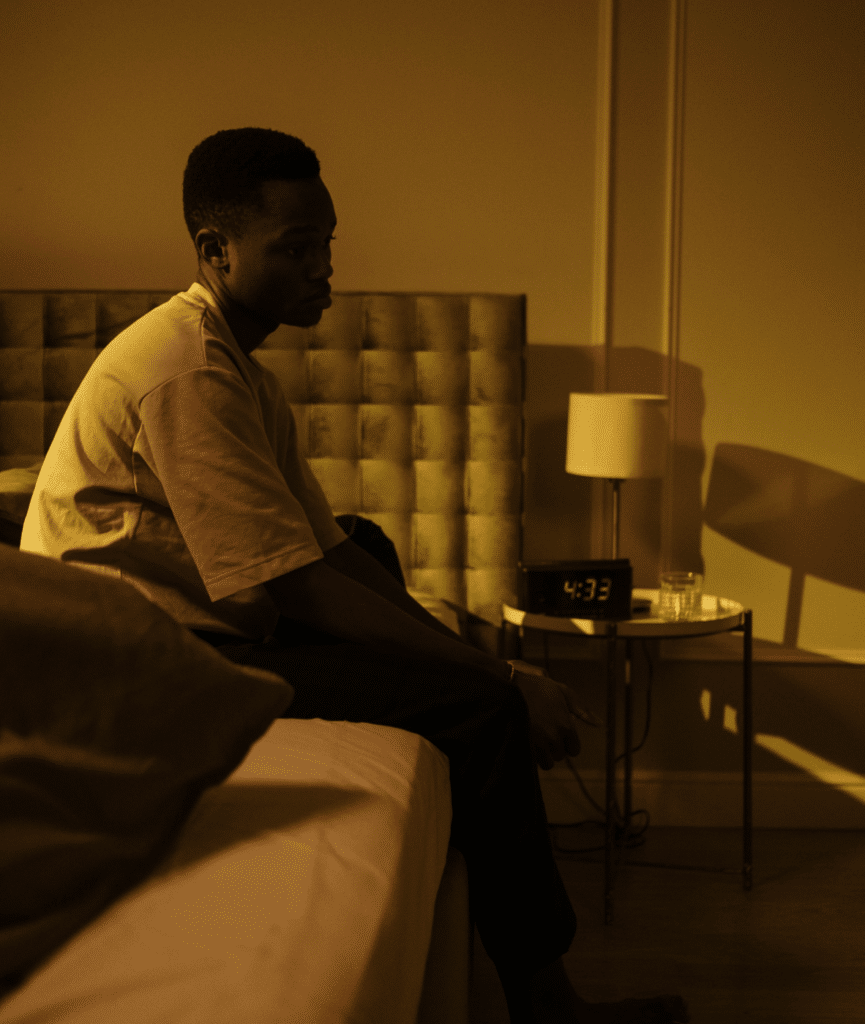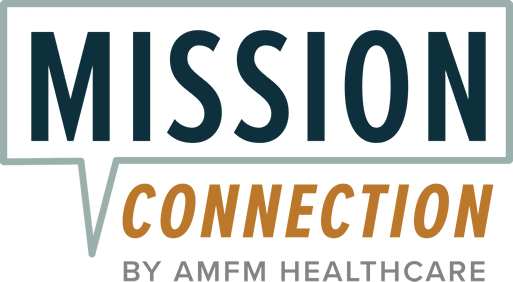Trazodone for Sleep: The Ultimate Guide

Trazodone was originally approved by the FDA in 1981 as an antidepressant. But over the decades, research has discovered that it also helps people sleep better.
At low doses, it had a gentler approach that made it easier to fall asleep and stay asleep, especially for those whose insomnia was tangled up with anxiety or depression.
On this page, we’ll explain exactly how trazodone works for sleep, how fast it kicks in, how long it lasts, what its recommended dosage is, and its benefits and side effects.

What Is Trazodone?
Trazodone was discovered in the 1960s as an antidepressant. But as is often the case in medicine, what it was meant to do and what people actually found useful turned out to be a little different.
Today, it’s more commonly used off-label (which just means “not originally approved for this use”) to help people sleep. It’s one of the most frequently prescribed sleep aids in the U.S., despite not being a traditional “sleeping pill.”
Technically speaking, trazodone is a serotonin antagonist and reuptake inhibitor (SARI). This means it works by increasing serotonin (a so-called “happy hormone”) levels in the brain while simultaneously blocking certain serotonin receptors. This mechanism changes the flow and availability of serotonin in a way that regulates mood and, crucially for many, sleep.
Because it’s not a controlled substance, many doctors reach for trazodone when a patient needs help sleeping but wants to avoid potentially harmful side effects.
How Does Trazodone Help With Insomnia?
Trazodone helps with insomnia by altering the levels of brain chemicals. It prevents the brain from reabsorbing serotonin too quickly and keeps more of this “feel-good” brain chemical floating around. The serotonin boost regulates mood and stabilizes the sleep-wake cycle, which is key for people whose insomnia is caused by mood or anxiety disorders.
Trazodone also blocks 5-HT2A receptors in the brain. Activation of this receptor is associated with alertness, restlessness, and disruptions in the normal sleep structure of non-REM sleep, REM sleep, and repeating cycles of these stages. So, by blocking it, trazodone quiets agitation in the brain.
In addition, it blocks H1 histamine receptors to create a drowsy, calming effect. This action is similar to how over-the-counter sleep aids like diphenhydramine (Benadryl) work.
Then there are the alpha-1 receptors, which are part of the sympathetic nervous system responsible for the “fight or flight” response when we’re scared or anxious. Trazodone has also been shown to block these receptors. This causes your blood pressure to drop, your heart rate to slow down, and your body to shift away from alert mode toward rest mode.
How Fast and Strongly Does Trazodone Work?
In a study involving depressed patients with insomnia, trazodone reduced sleep latency (the time it takes to fall asleep) by 44%. It decreased from an average of 51.0 minutes at baseline to 28.5 minutes after five weeks of treatment.
The total sleep time also increased by about 54 minutes a night, from roughly 6.5 hours to 7.5 hours. Sleep studies also reported a two-times increase in the duration of deep sleep, (what’s called Stage 4 sleep), among the participants taking trazodone.3 In other words, trazodone has a strong sleep-inducing effect.
How Long Does Trazodone Last?
By 2 AM, you will have about half the drug still working in your bloodstream.- By 6 AM, the drug levels will be down to about 25%.
Trazodone Dosage for Sleep
But its real hypnotic effect comes in when the dose is increased to 25–50 mg. At that point, trazodone not only continues blocking 5-HT2A receptors but also starts to block histamine H1 and alpha-1 adrenergic receptors, making you feel drowsy.
At 75–100 mg, you’re still in the hypnotic territory but serotonin reuptake inhibition, which is the antidepressant action of trazodone, begins to kick in more noticeably. It is very helpful for people whose insomnia is tied to depression or anxiety, but it also starts shifting the drug’s profile toward mood regulation rather than just sleep. For purely sleep-focused use, most healthcare providers try to stay under 100 mg.5
At doses above 100 mg, trazodone can have the opposite effect for some people – instead of making them sleepy, it can make them feel more awake or restless, and actually make their sleep worse.
Benefits of Trazodone for Sleep
Trazodone also tends to produce milder side effects compared to many other sleep aids. Ambien, for example, is notorious for causing next-day grogginess, memory lapses, sleepwalking, and nighttime behaviors that users don’t recall.
Research suggests that trazodone may also improve the quality of your deep sleep, specifically the slow-wave sleep that your brain needs to recover and reset. Slow-wave sleep is a deep-cleaning cycle for your brain. It’s been linked to memory consolidation, emotional regulation, and protection against cognitive decline in older adults. In fact, some early evidence hints that trazodone might slow the kind of brain deterioration associated with dementia.6
In one study, a 100 mg dose of trazodone also increased the “respiratory arousal threshold” among people with obstructive sleep apnea. This means you’re less likely to wake up from minor breathing disturbances during the night if you have sleep apnea.7
Side Effects of Trazodone
The dizzy spell when you change positions, called orthostatic hypotension, happens because trazodone lowers blood pressure when standing up. Doctors consider this side effect especially when prescribing trazodone to the elderly. If an older person gets lightheaded and tries to get up too fast, especially at night, they may fall and hurt themselves.
That said, a few reports did find some problems with memory and movement after using 50 mg daily for three weeks.8 But that doesn’t seem to be the norm. More recent research looked at people taking 50–150 mg of trazodone for six months along with methadone, and again, trazodone came out looking safe and easy to tolerate.9
Does Taking Trazodone Come With Risks?
But fortunately, trazodone doesn’t work that way. It’s not a GABA-binding drug, and it doesn’t create the same “quick knockout” effect people come to crave. Instead, it works more subtly to nudge the brain toward sleep rather than hammering it into sedation.
In other words, trazodone doesn’t deliver the kind of high that makes people want to chase the experience. Research backs up the fact that trazodone comes with a very low risk of habit formation.4
Can You Overdose on Trazodone?
Trazodone in large quantities has also been linked to cardiac arrhythmias, which are irregular heart rhythms that can be fatal.10
Trazodone overdose is more dangerous when combined with alcohol, opioids, or other sedatives. These combinations suppress the brain to the point where breathing slows down or even stops.
Get More Than a Pill for Sleep Issues at Mission Connection
Even though trazodone was discovered as an antidepressant, doctors have found that it works surprisingly well for sleep. It calms your mind and eases you into restful, restorative sleep without leaving you groggy the next day or needing it to function.
However, if your sleep is disturbed due to deeper issues like anxiety, depression, or stress, chances are you will need greater support than trazodone alone. In these instances, Mission Connection offers personalized, flexible mental health support that helps you get to the root of your sleep problems.
We provide outpatient therapy, group programs, and medication management that actually fit your in-person or online schedule.
To learn more about our services and ways we can support you, get in touch or get started online.

References
- ClinCalc. (n.d.). Trazodone – Drug usage statistics, ClinCalc DrugStats database. https://clincalc.com/DrugStats/Drugs/Trazodone
- Jay, A. R., Krotscheck, U., Parsley, E., Benson, L., Kravitz, A., Mulligan, A., Silva, J., Mohammed, H. O., & Schwark, W. S. (2013). Pharmacokinetics, bioavailability, and hemodynamic effects of trazodone after intravenous and oral administration of a single dose to dogs. 74(11), 1450–1456. https://doi.org/10.2460/ajvr.74.11.1450
- Scharf, M. B., & Sachais, B. A. (1990). Sleep laboratory evaluation of the effects and efficacy of trazodone in depressed insomniac patients. The Journal of Clinical Psychiatry, 51 Suppl, 13–17. https://pubmed.ncbi.nlm.nih.gov/2211559/
- Jaffer, K. Y., Chang, T., Vanle, B., Dang, J., Steiner, A. J., Loera, N., Abdelmesseh, M., Itai Danovitch, & Ishak, W. W. (2017). Trazodone for Insomnia: A Systematic Review. Innovations in Clinical Neuroscience, 14(7-8), 24. https://pmc.ncbi.nlm.nih.gov/articles/PMC5842888/
- Stahl, S. M. (2009). Mechanism of Action of Trazodone: a Multifunctional Drug. CNS Spectrums, 14(10), 536–546. https://doi.org/10.1017/s1092852900024020
- La, A. L., Walsh, C. M., Neylan, T. C., Vossel, K. A., Yaffe, K., Krystal, A. D., Miller, B. L., & Karageorgiou, E. (2019). Long-Term Trazodone Use and Cognition: A Potential Therapeutic Role for Slow-Wave Sleep Enhancers. Journal of Alzheimer’s Disease, 67(3), 911–921. https://doi.org/10.3233/JAD-181145
- Arredondo, E., DeLeon, M., Masozera, I., Panahi, L., Udeani, G., Tran, N., Nguyen, C. K., Atphaisit, C., de la Sota, B., Gonzalez Jr., G., Liou, E., Mayo, Z., Nwosu, J., & Shiver, T. L. (2022). Overview of the Role of Pharmacological Management of Obstructive Sleep Apnea. Medicina, 58(2), 225. https://doi.org/10.3390/medicina58020225
- ROTH, A. J., McCALL, W. V., & LIGUORI, A. (2011). Cognitive, psychomotor and polysomnographic effects of trazodone in primary insomniacs. Journal of Sleep Research, 20(4), 552–558. https://doi.org/10.1111/j.1365-2869.2011.00928.x
- Stein, M. D., Kurth, M. E., Sharkey, K. M., Anderson, B. J., Corso, R. P., & Millman, R. P. (2012). Trazodone for sleep disturbance during methadone maintenance: A double-blind, placebo-controlled trial. Drug and Alcohol Dependence, 120(1-3), 65–73. https://doi.org/10.1016/j.drugalcdep.2011.06.026
- U.S. Food and Drug Administration. (n.d.). Trazodone, highlights of prescribing information. https://www.accessdata.fda.gov/drugsatfda_docs/label/2017/018207s032lbl.pdf
